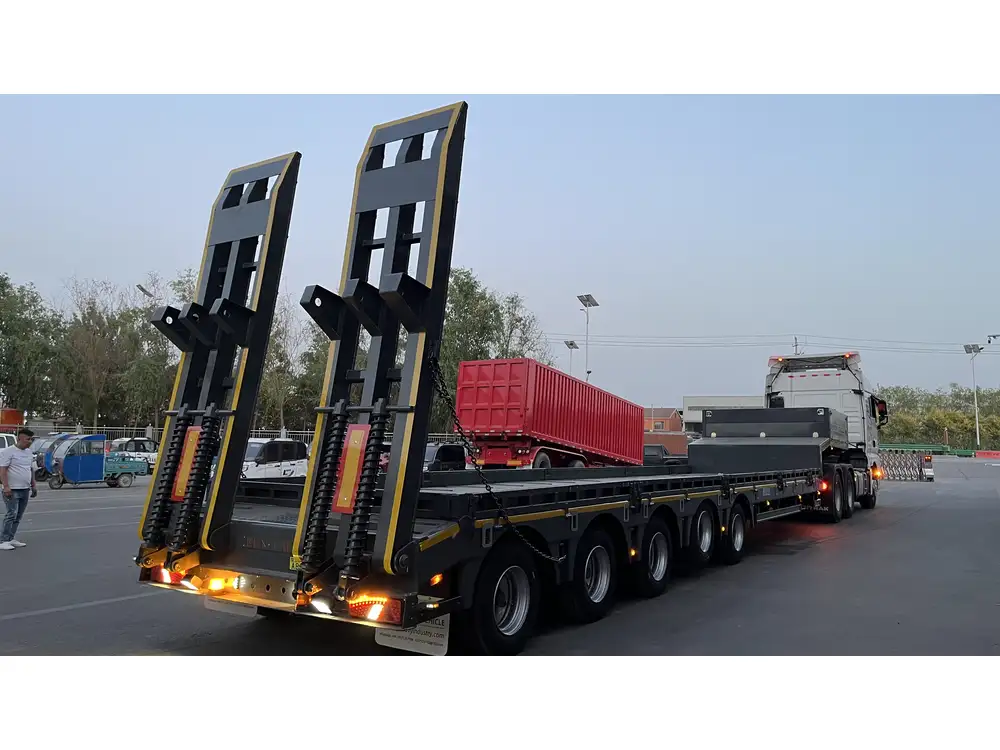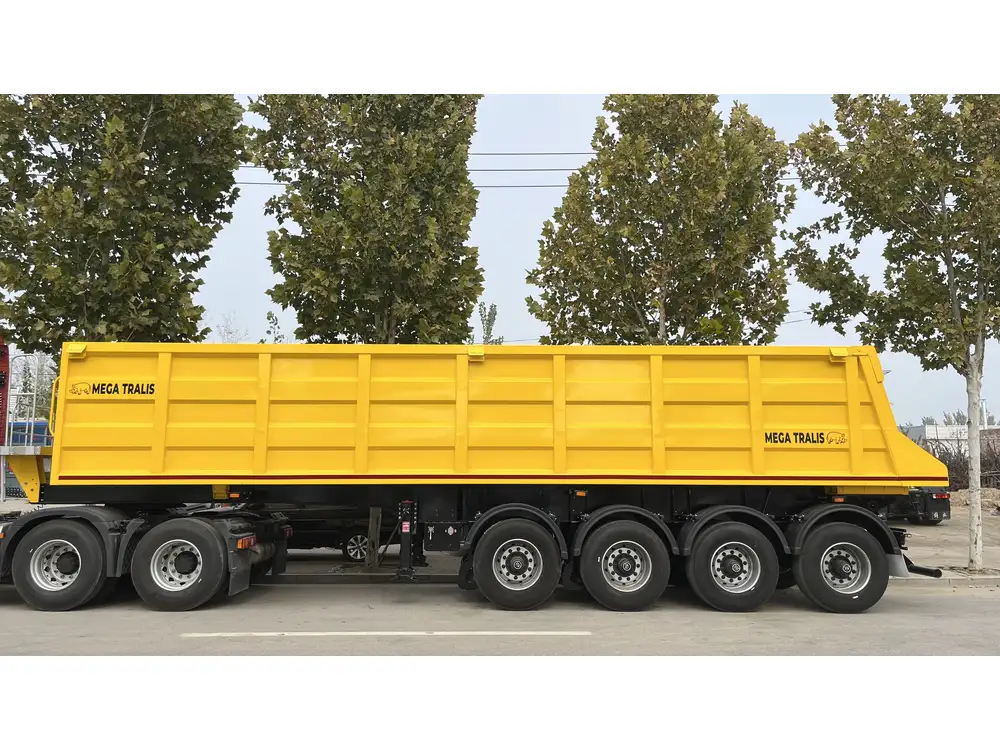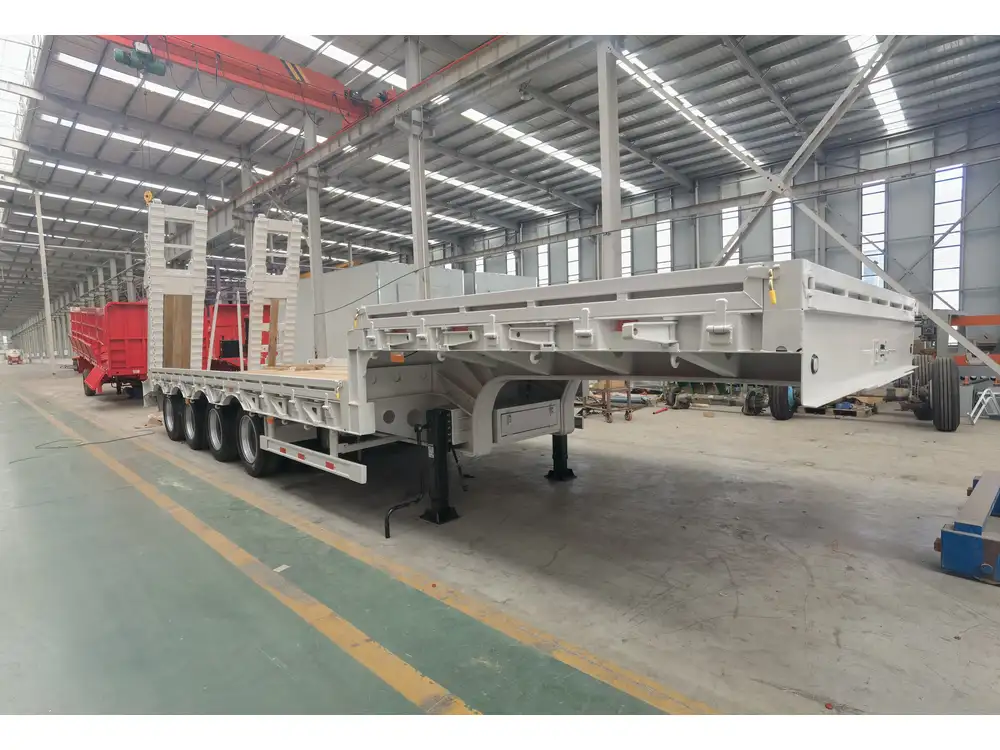Transporting propane tanks safely and efficiently requires a thorough understanding of regulatory restrictions, safety standards, and practical considerations. This article aims to elucidate the various factors influencing how many propane tanks can be transported on a trailer, taking into account state regulations, tank sizes, vehicle specifications, and safety measures.
Understanding Propane Tank Sizes
Before delving into transport limitations, it’s crucial to recognize the different types of propane tanks available. Propane tanks vary significantly in size and capacity, each serving specific purposes. Here’s a breakdown of common propane tank sizes and their capacities:
| Tank Size | Capacity (Gallons) | Weight when Full (lbs) | Uses |
|---|---|---|---|
| 20 lb (5 gal) | 5 | 37 | Grills, Camping |
| 30 lb (7.1 gal) | 7.1 | 54 | RVs, Patio Heaters |
| 40 lb (9.4 gal) | 9.4 | 75 | Outdoor Heaters, BBQs |
| 100 lb (23.6 gal) | 23.6 | 175 | Forklifts, Large BBQs |
| 500 gal | 500 | 1,200 | Residential, Commercial |
Implications of Propane Tank Sizes on Transport
When planning to transport propane tanks, the sizes and weights must be carefully considered in relation to the trailer’s capacity and distribution of weight. Exceeding weight limits or improper distribution can lead to hazardous situations during transport.

Legal Regulations Governing Propane Transport
The legal framework surrounding propane transport is essential for safety and compliance. Different states may have specific rules regarding the number of propane tanks that can be transported. It’s imperative to consult local regulations before planning your transport.
Federal Guidelines
The U.S. Department of Transportation (DOT) regulates the transportation of hazardous materials, including propane. The following points summarize key federal guidelines:
- Cargo Tank Vehicles: Commercial vehicles may transport larger quantities of propane if they are equipped as cargo tank vehicles, which adhere to special specifications.
- Labeling and Marking: All trailers transporting propane must be properly labeled with hazardous material signs, specifically marking the vehicle as carrying flammable gas.
- Weight Limits: Each state has its own maximum weight limit for trailers. Overloading can lead to penalties and dangerous driving conditions.
State and Local Regulations
Knowledge of state laws is equally important:
- Quantity Limits: Some states impose limits on how much propane can be transported in a single trip. This generally includes both the number of tanks and the total weight.
- Permit Requirements: Certain states require special permits for transporting large quantities of hazardous materials.

Trailer Specifications for Propane Transport
When it comes to transporting propane tanks on trailers, not all trailers are created equal. Understanding cargo specifications is crucial for safe transport.
Types of Trailers
- Utility Trailers: Often open and equipped with rails or tie-downs. Best suited for smaller, residential propane tanks.
- Enclosed Trailers: Protects tanks from elements but may require ventilation to avoid gas accumulation.
- Flatbed Trailers: Ideal for larger tanks, particularly when accommodating maximum weight efficiently.
Trailer Capacity
The total capacity of the trailer is determined by:
- Weight Limit: The Gross Vehicle Weight Rating (GVWR) includes both the trailer and its cargo. Ensure that the cumulative weight of the propane tanks does not exceed this limit.
- Axle Configuration: More axles can support greater weight distribution, thus allowing for the transport of more tanks.

Practical Considerations for Transporting Propane Tanks
Determining the number of propane tanks suitable for transport on your trailer involves practical considerations beyond just weight limits.
Safety Equipment and Procedures
- Secure Anchoring: All propane tanks must be properly secured to prevent movement during transit. Use ratchet straps or tie-downs.
- Ventilation: Ensure that the trailer has proper ventilation, especially if transporting a large number of tanks. These considerations will reduce the risk of gas accumulation.
Recommended Transport Limits
While regulations may dictate legal limits on tank transport, practical limits can be derived from safety considerations. Here are some guidelines to follow:
- 20 lb Tanks: Up to 12 tanks on a standard utility trailer with a capacity of 3,000 lbs or more in total weight.
- 30 lb Tanks: A maximum of 9 tanks, ensuring that weight is distributed evenly.
- 100 lb Tanks: Limit to 4 tanks, as their combined weight can exceed most utility vehicle limits.
- 500 gal Tanks: Only one tank should be transported, often requiring specialized vehicles and permits.

Ample Consideration for Safety Protocols
- Emergency Preparedness: Equip the transport vehicle with fire extinguishers and a first-aid kit.
- Inspection Procedures: Before loading, inspect each tank for leaks and damage. Always carry a repair kit for minor fixes on the road.
Common Questions Regarding Propane Tank Transport
How Do I Find the Best Trailer for Transporting Propane Tanks?
Finding the appropriate trailer involves considering tank sizes, estimated weight, and the load capacity of your vehicle’s hitch. It’s beneficial to consult with a local dealer specializing in trailers.

What Should I Do If I Encounter a Problem During Transport?
If a tank begins to leak or you experience mechanical failure, pull over immediately to a safe location. Notify local authorities and follow safety protocols for hazardous materials.
Are There Insurance Considerations for Transporting Propane Tanks?
Many states require additional liability coverage for transporting hazardous materials such as propane. Contact your insurance provider to ensure adequate coverage.
Conclusion
Transporting propane tanks necessitates a multifaceted approach that encompasses an understanding of tank sizes, legal regulations, appropriate trailer specifications, and practical safety measures. By adhering to established guidelines and ensuring that safety protocols are in place, you can transport propane tanks efficiently while minimizing risks associated with hazardous materials.
Through this comprehensive guide, we’ve illuminated the intricacies involved in effectively transporting propane tanks on trailers. Awareness of the variables at play, combined with a commitment to safety and compliance, positions you well for successful and efficient transport.



